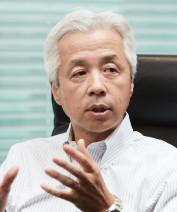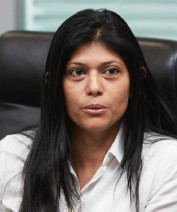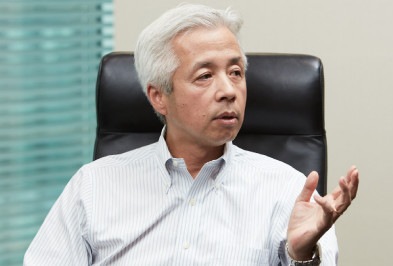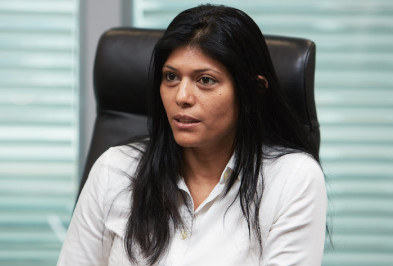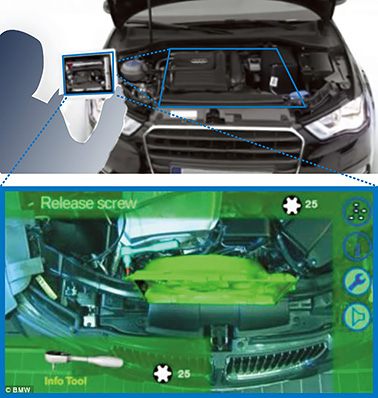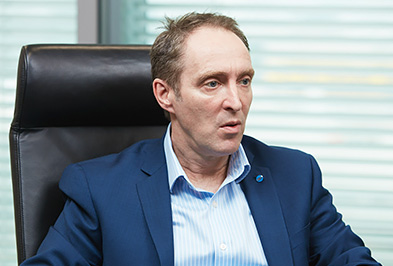Meet the Innovators
The BICs are all about changing technology and product-oriented companies into
market-oriented companies.
Yuji Ichimura
Executive Officer and Executive General Manager, Business Development Headquarters
Dennis Curry
Director, BIC Europe
Ekta Sahasi
Vice President, BIC United States



